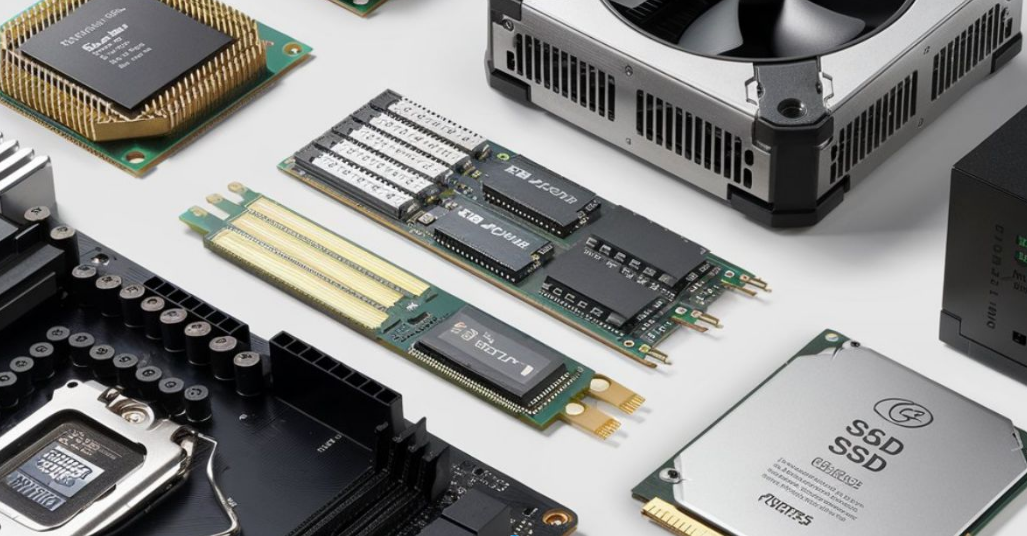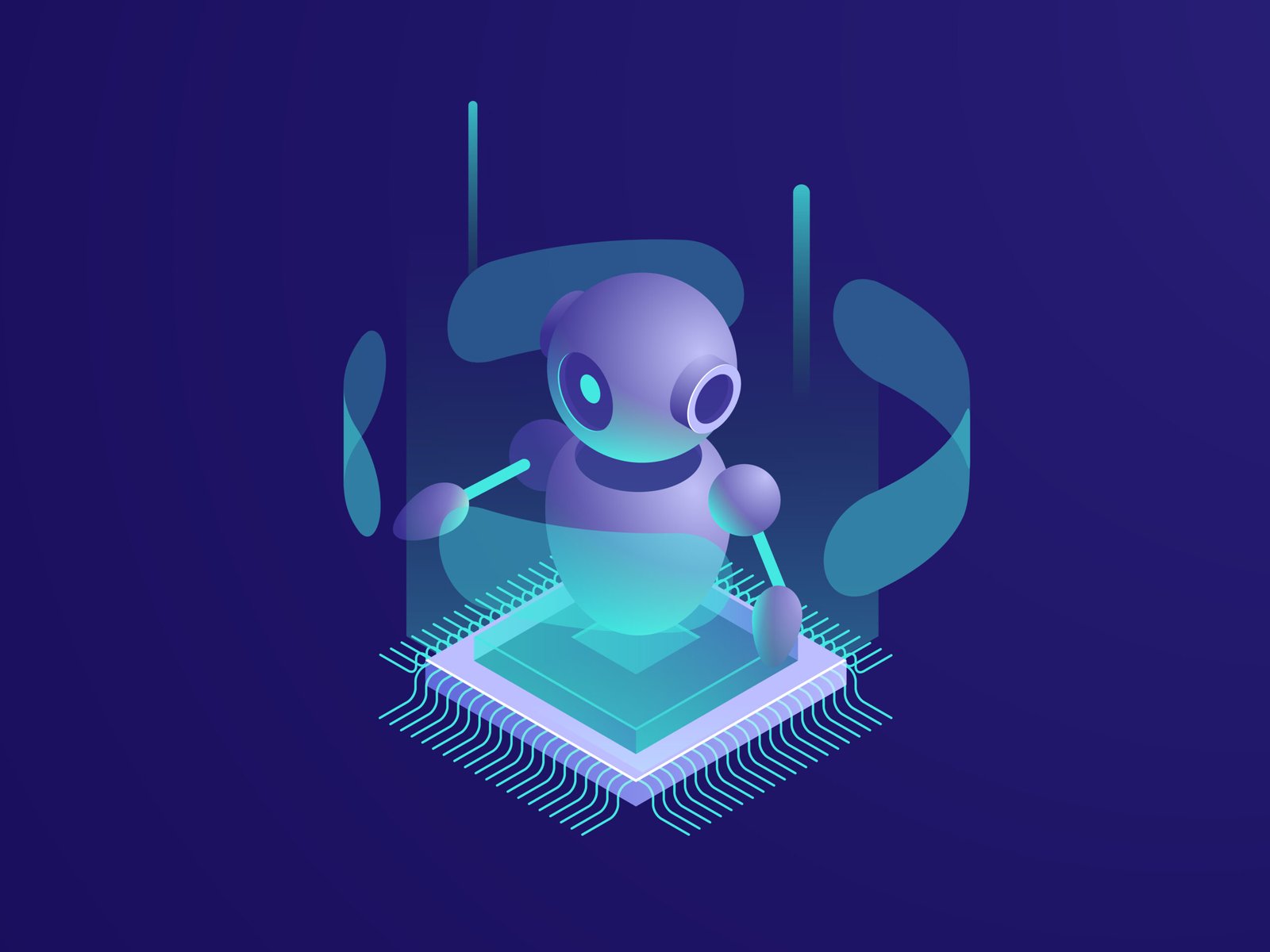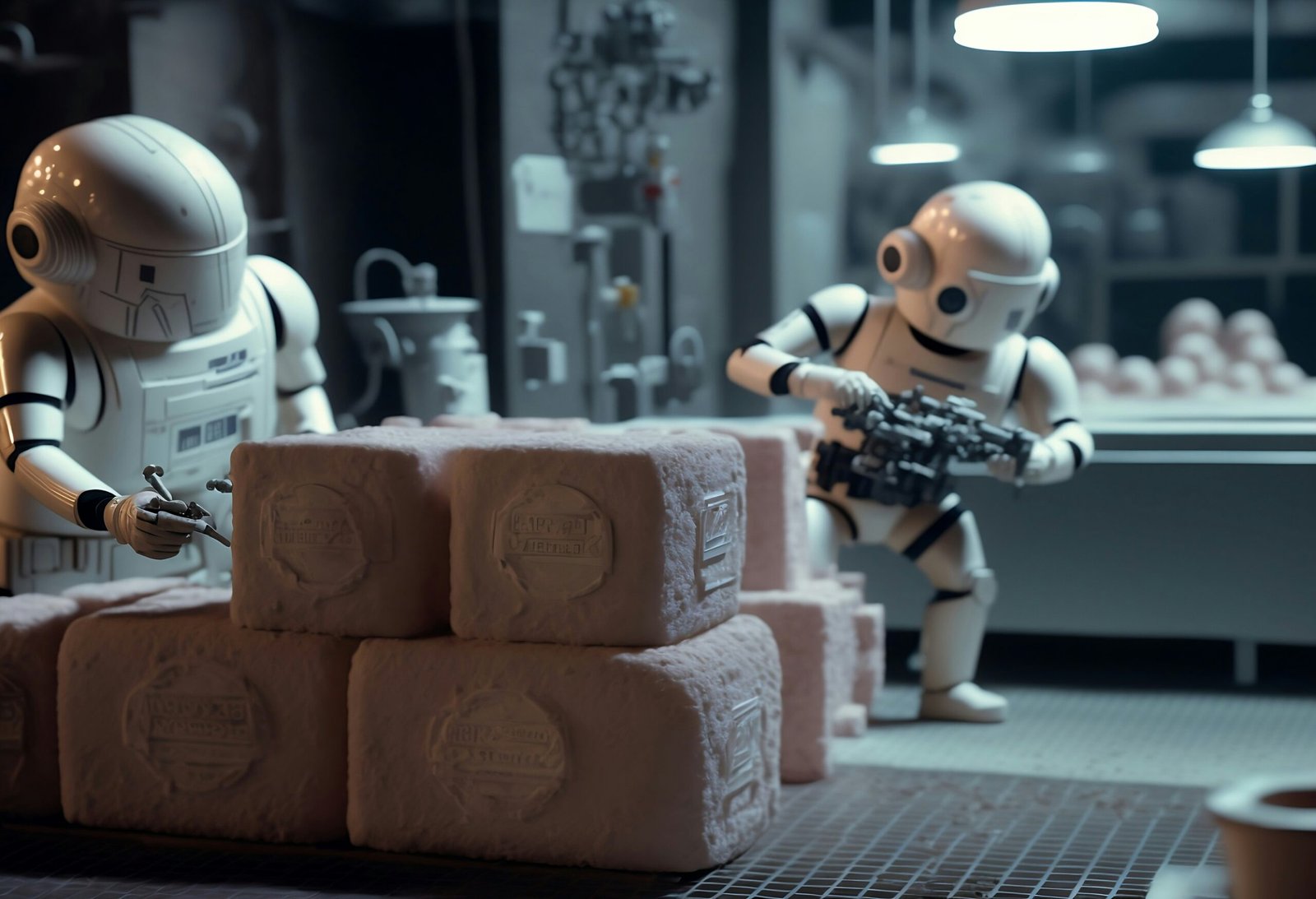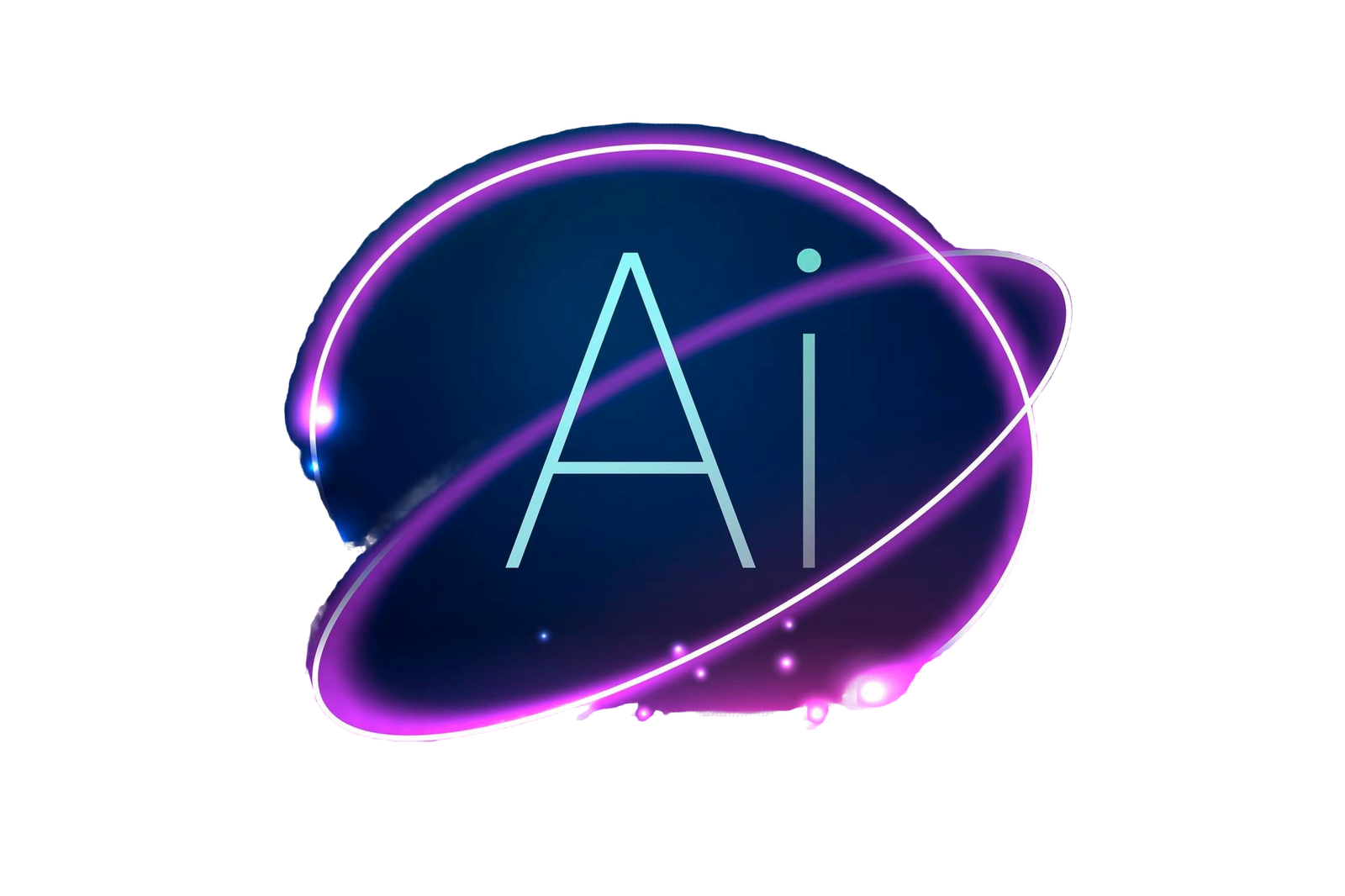Introduction
Computers are made up of several key hardware parts. Each component plays a crucial role in making the machine work efficiently. Understanding these parts can help you troubleshoot issues and upgrade your system effectively. what are the hardware parts of the computer?
The main hardware components include the CPU, RAM, and storage devices. The CPU, or central processing unit, is the computer’s brain. RAM, or random access memory, helps the CPU by providing quick access to data. Storage devices, like hard drives or SSDs, store all your files and programs.
Get to know your computer’s hardware, and you’ll unlock a world of possibilities! Whether you’re upgrading, fixing, or just curious, understanding these parts makes you the master of your machine. Dive in and discover the power behind your screen!
What is computer hardware?
Computer hardware is the physical parts of a computer system. It includes components like the CPU, keyboard, mouse, and monitor. These parts work together to run programs and process data. Without hardware, a computer wouldn’t function. Hardware is essential for any computer to operate.
What are the basic components of computer hardware?
The basic components of computer hardware include:
1. Central processing unit (CPU)
Computers’ brains are often called CPUs.It performs calculations and executes instructions from software. The CPU interprets and processes data, enabling the computer to run applications and perform tasks. It consists of cores, which handle multiple processes simultaneously, improving performance. The speed and efficiency of a CPU are crucial for overall computer performance.
2. Motherboard
In a computer, the motherboard is the main circuit board. It connects all the hardware components, like the CPU, RAM, and storage devices, allowing them to communicate with each other. It also houses the system’s chipset and various connectors for expansion cards and peripherals. The motherboard acts as the central hub that distributes power and data throughout the computer. Its design and features play a crucial role in the system’s overall performance and upgradeability.
3. Random Access Memory (RAM)
Random Access Memory (RAM) is the computer’s short-term memory. It temporarily holds data and instructions that the CPU needs while performing tasks. RAM allows for quick access to this data, which speeds up processing and multitasking. The more RAM a computer has, the better it can handle multiple applications and large files. Once the computer is turned off, RAM loses all its stored data.
4. Video graphics array port
The Video Graphics Array (VGA) port is a type of connector used to transmit video signals from a computer to a monitor. It has a 15-pin connector and supports analog video output. VGA was widely used in older monitors and computers but is now largely replaced by digital interfaces like HDMI and DisplayPort. Despite its age, VGA is still found on some older equipment and is valued for its simplicity and reliability.
5. Power supply
The power supply provides electrical power to a computer. It converts AC power from the wall outlet into DC power for the computer’s components. The power supply connects to the motherboard, CPU, and other hardware. It ensures that all parts receive the correct amount of power. Without a power supply, a computer cannot operate.
6. Cooling fan
A cooling fan helps keep a computer from overheating. It moves air through the computer to cool down the components. Fans are usually found near the CPU and graphics card. They help maintain a safe temperature for the hardware. Without a cooling fan, the computer could become too hot and damage its parts.
7. Hard drive
A hard drive stores all your computer’s data. It holds your files, programs, and operating system. Hard drives come in different sizes and types, like HDDs and SSDs. They are essential for saving and retrieving information. Without a hard drive, a computer cannot store data long-term.
8. Monitor
A monitor displays the computer’s visual output. It shows images, videos, and text on its screen. Monitors come in various sizes and resolutions. They connect to the computer through cables like HDMI or VGA. Without a monitor, you can’t see what your computer is doing
9. Printer
A printer produces physical copies of digital documents. It prints text, images, and graphics onto paper. Printers connect to computers via USB or wireless. They come in different types, like inkjet and laser. Without a printer, you can’t make paper copies of your digital files.
10. Scanner
A scanner converts physical documents into digital files. It captures images or text from paper and saves them on a computer. Scanners connect to computers via USB or wireless. They are useful for digitizing documents, photos, and receipts. Without a scanner, you can’t easily turn paper documents into digital form.
11. Computer mouse
A computer mouse is a pointing device used to interact with a computer. It moves the cursor on the screen and allows you to click, scroll, and select items. There are wired and wireless mice available. It’s essential for navigating and controlling your computer.
FAQ’s
What are the hardware parts of a computer?
Physical parts like the CPU, motherboard, RAM, and hard drive.
What are 10 computer hardware?
CPU, motherboard, RAM, hard drive, power supply, graphics card, cooling system, optical drive, network card, keyboard, and mouse.
What are 5 computer hardware?
CPU, RAM, hard drive, motherboard, and power supply.
What are the 7 major hardware components of a computer system?
CPU, motherboard, RAM, hard drive, power supply, graphics card, and cooling system.
Conclusion
Computer hardware parts are essential for a computer to function. They include components like the CPU, RAM, and storage devices. Each part plays a crucial role in processing and managing data.
The motherboard connects and allows communication between all hardware components. The power supply provides the necessary energy for the system to operate. Input and output devices like keyboards and monitors help interact with the computer.
Understanding these hardware parts helps you maintain and upgrade your system effectively. Knowing how each component works together ensures your computer runs smoothly and efficiently.
Internal Link:-optical world








